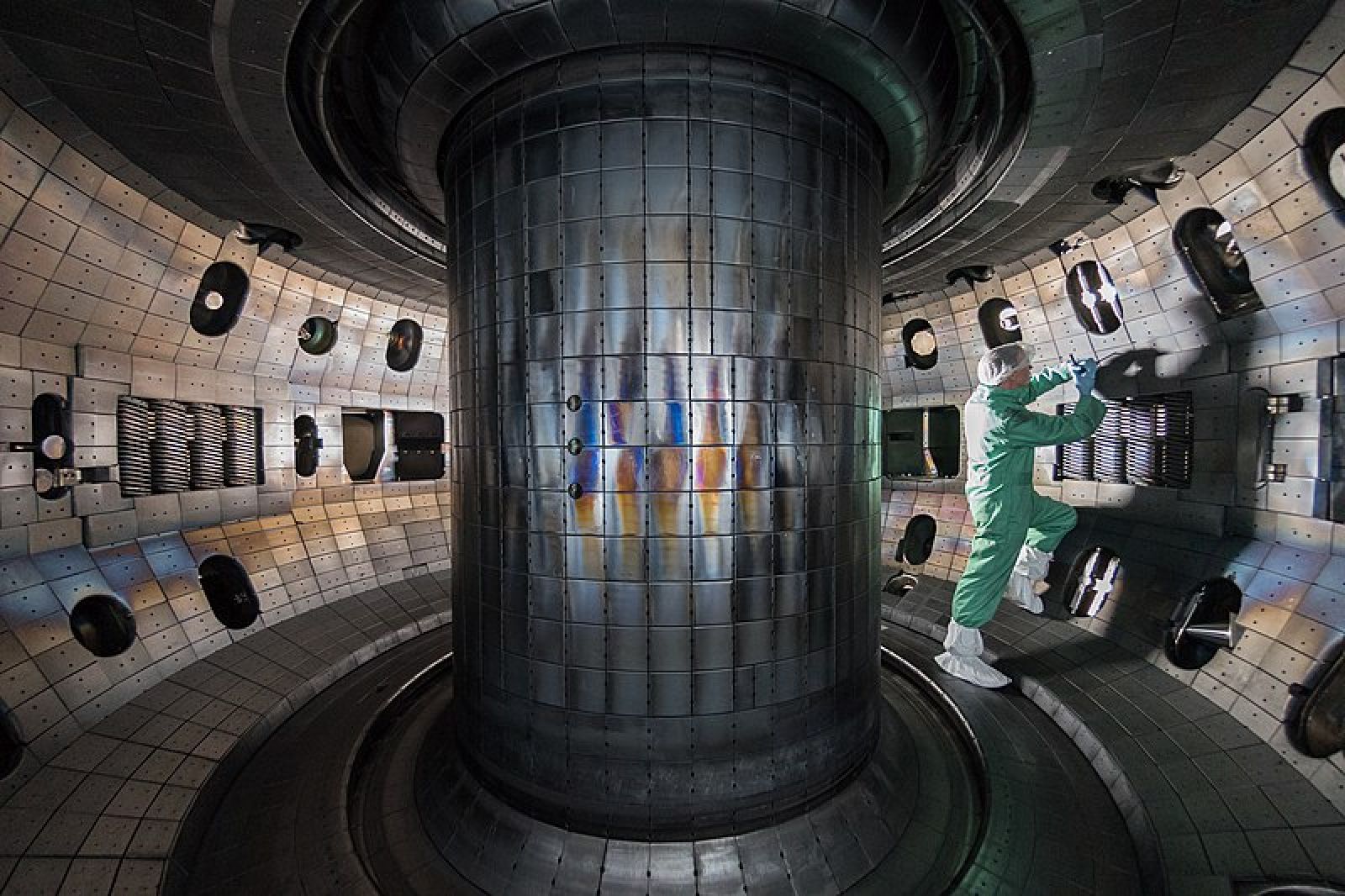Follow us on Google News (click on ☆)
At the heart of this project lies the SPARC tokamak technology, currently under development in Massachusetts. This device is expected to produce plasma as early as 2026. CFS's ambition is to turn this prototype into a reactor capable of delivering 400 megawatts, sufficient to power 150,000 homes.
Unlike fission, nuclear fusion is a reaction in which two light atomic nuclei combine to form a heavier nucleus. This process fuses isotopes of hydrogen. It produces neither long-lived radioactive waste nor greenhouse gases, making it the ultimate clean energy source.
The choice of Chesterfield County is no coincidence. It stems from a thorough search to identify the best possible site. This project, named ARC, will be located in an industrial park owned by Dominion Energy Virginia, a key partner in this venture.
However, the path forward is fraught with challenges. Producing stable plasma at temperatures higher than the core of the Sun is a scientific achievement. But turning this breakthrough into a commercially viable system is an even greater ambition.
Skeptics point out that fusion has promised infinite energy for decades without fully delivering on that promise. However, recent technological advances, such as the high magnetic field magnets used by CFS, are rekindling hope.
MIT's involvement in this project provides essential credibility. Since 2017, the Plasma Science and Fusion Center has been working with CFS to overcome these scientific challenges. Their collaboration represents a bridge between fundamental research and industrial application.
If everything goes as planned, Chesterfield could become the birthplace of a new energy era. The announcement of electricity production by 2030 is bold, but the potential impacts could fundamentally transform our relationship with energy.
As fusion prototypes multiply worldwide, CFS might just lead the race. Could clean and unlimited energy finally be within reach?
What is nuclear fusion?
Nuclear fusion is a very common process in the Universe. Unlike fission, which splits heavy atoms, fusion combines light nuclei like those of hydrogen to form heavier elements. This phenomenon releases enormous amounts of energy: it's the same reaction that makes stars shine.
To initiate fusion, extreme conditions are required: temperatures of several million degrees and immense pressure. These environments allow hydrogen nuclei to overcome their electric repulsion and combine.
The major advantage of this technology lies in its cleanliness. Fusion produces neither long-lived radioactive waste nor greenhouse gases, unlike nuclear fission or fossil fuels.
However, mastering this energy source remains a significant technical challenge. Projects like SPARC and ARC aim to demonstrate that fusion can generate more energy than it consumes—a key step toward its commercial use.
